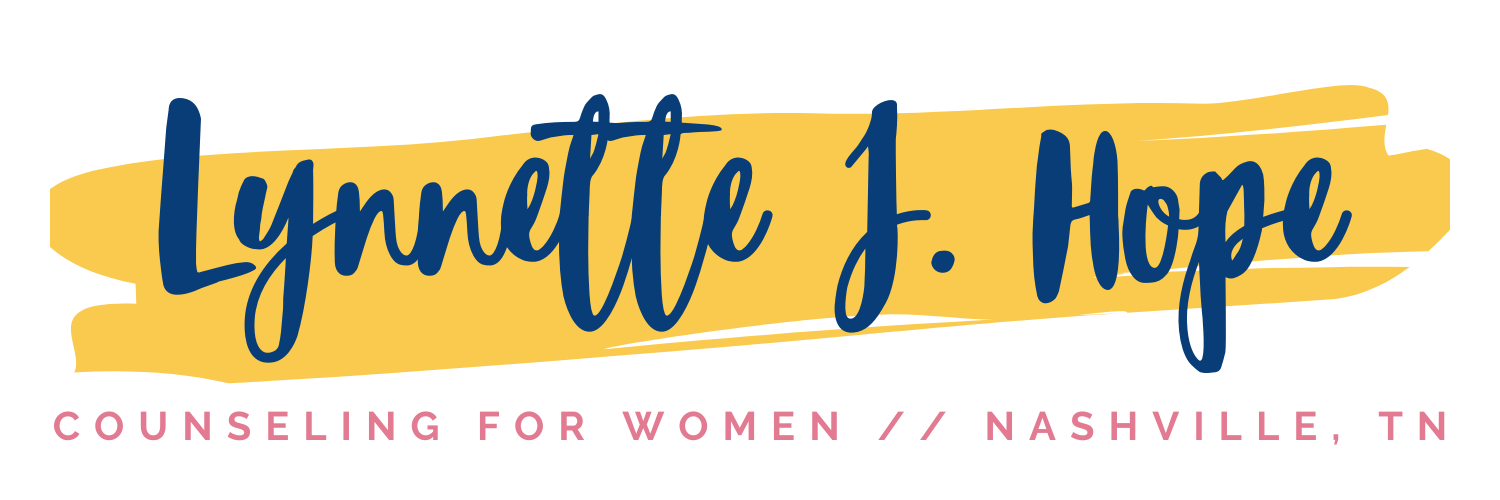Truthful Stories: Listening to Our Bodies
/The Girl With the Louding Voice, part 2
For a brief overview and my first post of this book, read part 1 .
What Sustains Us: Connection to Our Bodies
Bodies (especially black bodies and female bodies) are largely devalued in our culture — we are taught that their worth is in how they look or what they can do for us (and not for the people who inhabit them). And yet we are in our bodies. We are our bodies. Our bodies are a critical part of our humanity. Our bodies are us, and we can learn to relate to this part of us (and of others) differently. Paying attention to the sensations within our bodies is one of the primary ways in which we know and understand our emotions, and in which we hear our own voice and wisdom. Listen, in Adunni’s own words, to a sampling of how she describes herself at various points along the way.
“The sky clap a thunder, and it feel as if it strike me, right inside of my heart.” (47)
“Shame make itself a hand, squeeze my throat tight” (55)
“My stomach is starting to tight itself” (83)
“All my body have collapse” (121)
“I strong my face” (140)
“Her honey voice is like medicine, her laugh like cool water on my hot head” (201)
“When I smile, it climb from inside my stomach and spread itself on my teeth” (248)
“My eyelids feel like they are full of wet sand” (316)
“The hairs on my hand are standing up, as if rising to fear” (332)
Our bodies are how we feel, how we know, how we soothe. Adunni’s knowledge of and respect for her body serves her well. She can describe what’s happening in and to her with concrete words. She can name and express her experience, and can know with what action she might respond. We can learn to do this, too. It takes practice.
Learning to Connect to Our Bodies
A simple (but not easy) first step is to take a few quiet moments every day to be in your body and see what you notice.
Start with your breath, just for a minute or two. Don’t try to change it or do anything different, just notice what air feels like moving in and out of your nose or mouth. Notice how far into your throat or chest or belly you breathe. Notice expansion and/or constriction, and where that is. Focus on the in and the out. If your mind wanders (and it will), just notice that you’ve gone away from your breath and come back to it.
Then, take two or three minutes to be in and to listen to your body. This can feel strange or boring — or even scary — as we so rarely spend time here. You might try a slow scan from your head to your feet, or from your feet to your head. As you do so, notice what and where are the sensations in your body. You might notice space in your chest, tightness in your shoulders. You might notice pain in your feet, tiredness behind your eyes. There is no right or wrong with what you notice. When you find a sensation, use your breath to breathe through it, or into it. See if you can send your breath to that place, with kindness. The goal is not to change how you feel, simply to bring awareness to it. Ask what each feeling might have to say to you now.
Thank yourself for breathing and feeling in your body. Thank yourself for taking a few quiet moments to welcome your wisdom.
Be sure to look out for part 3, which will be posted next week!




